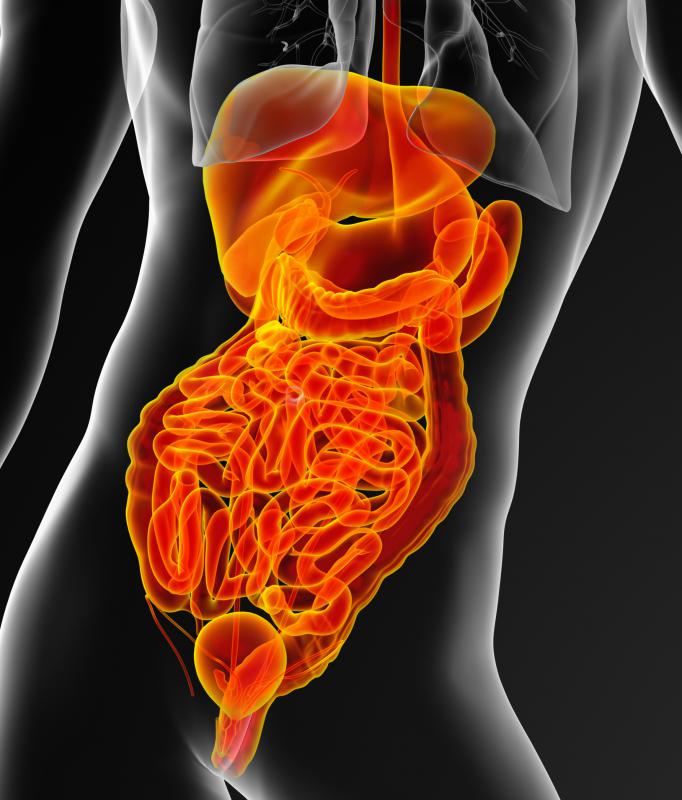At WiseGEEK, we're committed to delivering accurate, trustworthy information. Our expert-authored content is rigorously fact-checked and sourced from credible authorities. Discover how we uphold the highest standards in providing you with reliable knowledge.
What Is the Function of Adenosine Triphosphate?
Adenosine triphosphate, or ATP, functions as a cell's main source of energy. It is often called the molecular unit of currency, because it can both hold and release energy when a cell requires it. The structure of ATP is simple and optimized for maximum efficiency, an adenosine molecule plus three phosphate groups. Energy is held and released in the bonds holding the phosphate groups to each other and to the adenosine molecule. A release of energy by removing one phosphate group yields ADP, or adenosine diphosphate, and the removal of a further phosphate group yields AMP, adenosine monophosphate.
AMP, ADP, and ATP are all energy-rich molecules, but in general ATP is preferred over the other two. Adenosine triphosphate is necessary for any cellular process that involves active movement of another molecule. Osmosis, for example, does not require ATP because water flows naturally from a highly concentrated state to a less concentrated state. The activity of molecular motors in certain types of cells, on the other hand, requires the energy stored in ATP. Since no living creature is completely reliant on passive natural processes, all creatures require ATP to run their cells.

Not all organisms manufacture the same amount of adenosine triphosphate, despite it being an essential molecule for life. ATP is usually generated through respiration, which involves extracting energy from an external source, often a common sugar called glucose. Organisms that use anaerobic respiration, like some bacteria, generate approximately 2 ATP per glucose molecule. Those which use aerobic respiration, like humans, generate between 32 and 36 ATP per molecule. Aerobic respiration is more complicated, but more efficient, hence its high ATP yield.

The adenosine component of adenosine triphosphate is actually composed of two separate molecules, namely a sugar called ribose and a base called adenine. Adenine bonded to ribose creates a structure called a nucleoside, which is different from the adenine nucleotides found in RNA and DNA. A nucleoside is two-thirds of a nucleotide; nucleotides also contain an additional phosphate group, which is essential to form long chains as seen in RNA and DNA. In contrast to nucleotides, nucleosides can not bond together on their own, and by this logic, ATP molecules can not form chains.

Trillions of adenosine triphosphate molecules are produced every day in the human body, and the body can produce more than its weight in ATP in less than 24 hours. This does not cause weight gain or bodily harm because most molecules of ATP are created and used in a fraction of a second. Over the course of an organism's lifetime, ATP is the driving force that keeps the body functioning.
AS FEATURED ON:
AS FEATURED ON:
















Discuss this Article
Post your comments